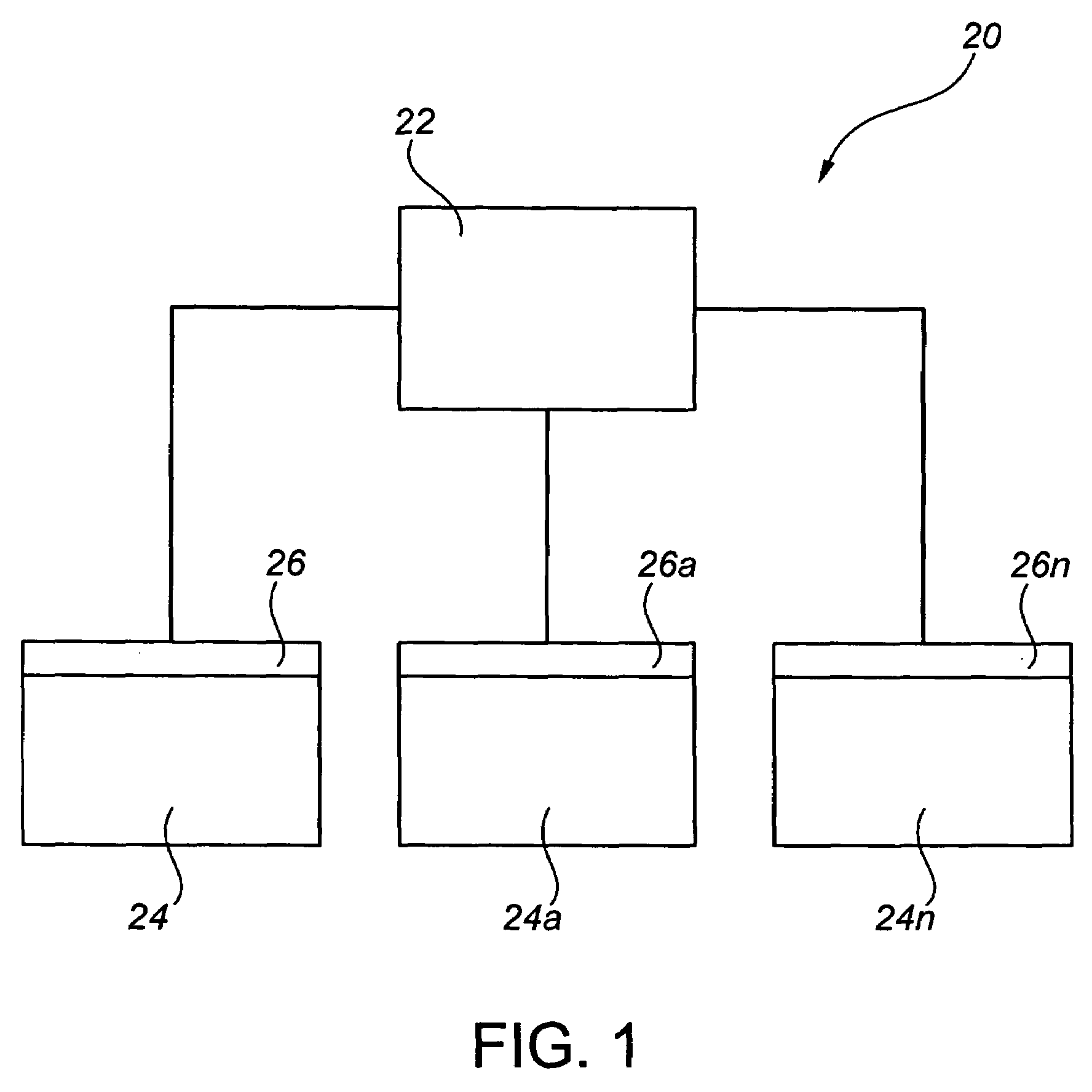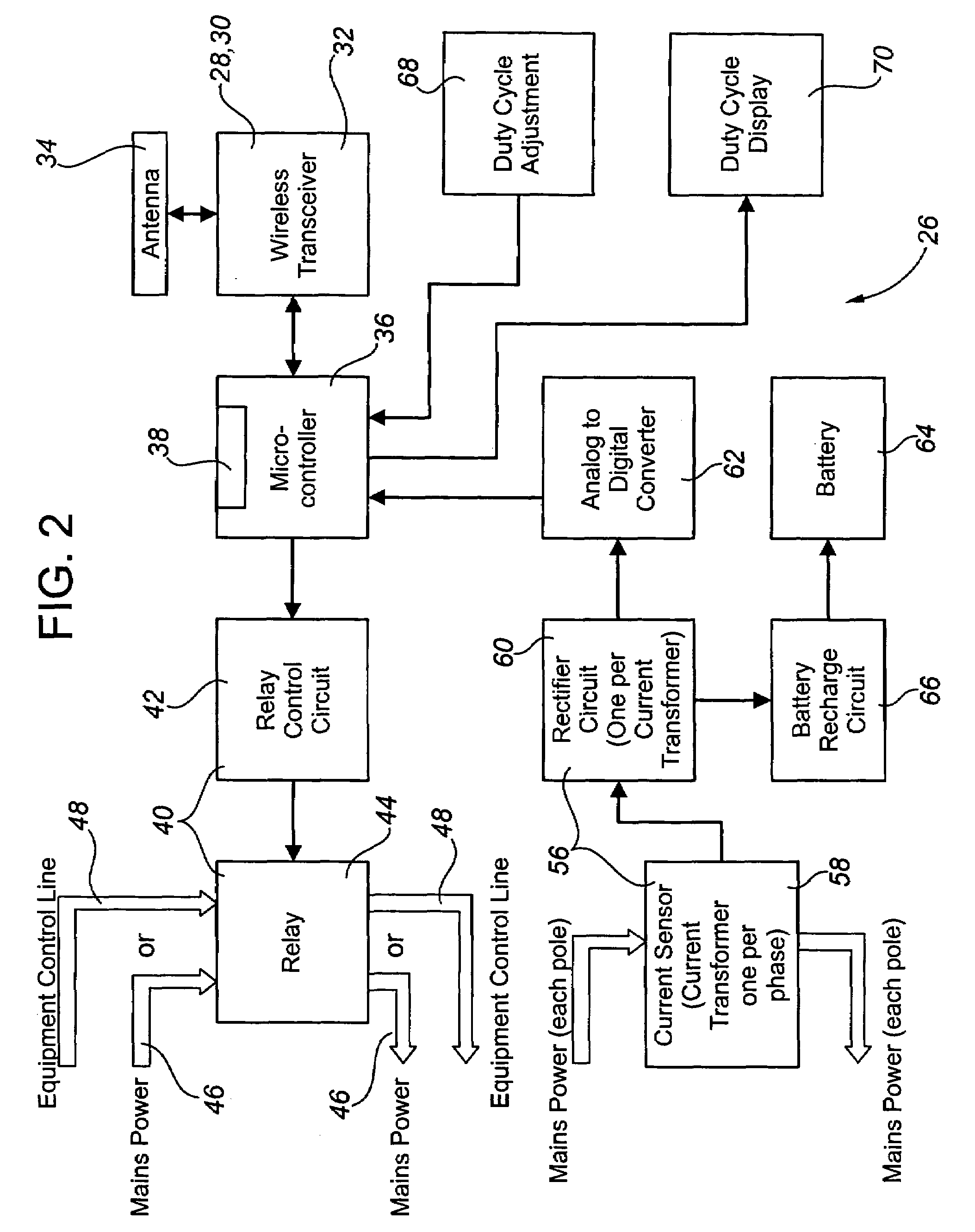Method and apparatus for managing an energy consuming load
a technology for managing energy consumption and load, applied in the integration of power network operation systems, process and machine control, instruments, etc., can solve problems such as the increase in complexity of the internal organization of a system, and achieve the effect of reducing energy consumption
- Summary
- Abstract
- Description
- Claims
- Application Information
AI Technical Summary
Benefits of technology
Problems solved by technology
Method used
Image
Examples
example
[0248]The following example serves more fully to illustrate the invention. In particular, FIG. 9 provides the results of an example of the performance of the algorithms or sets of instructions provided in the flow charts of FIGS. 5 through 8b by the apparatus (26). For the example, the period is comprised of 12 segments and the group of loads is comprised of three loads, being the load (24) and two other loads (24a, 24b), having the following characteristics:
ICSEIMAXWattsnSNWattsrDC %Contribution tosegmentsMaxDutysystemin PeriodnSNLoad #LoadCycleequilibriumneededrounded150055%2756.672100040%4004.853150030%4503.64ITSE1125
[0249]The results are set out in FIG. 9 for each of the three loads and for each of the twelve segments of the period. As shown in FIG. 9, the resulting average load for the period is 1208.333 Watts, while the peak load or peak energy demand for the period is 1500 Watts.
PUM
 Login to View More
Login to View More Abstract
Description
Claims
Application Information
 Login to View More
Login to View More - R&D
- Intellectual Property
- Life Sciences
- Materials
- Tech Scout
- Unparalleled Data Quality
- Higher Quality Content
- 60% Fewer Hallucinations
Browse by: Latest US Patents, China's latest patents, Technical Efficacy Thesaurus, Application Domain, Technology Topic, Popular Technical Reports.
© 2025 PatSnap. All rights reserved.Legal|Privacy policy|Modern Slavery Act Transparency Statement|Sitemap|About US| Contact US: help@patsnap.com



